



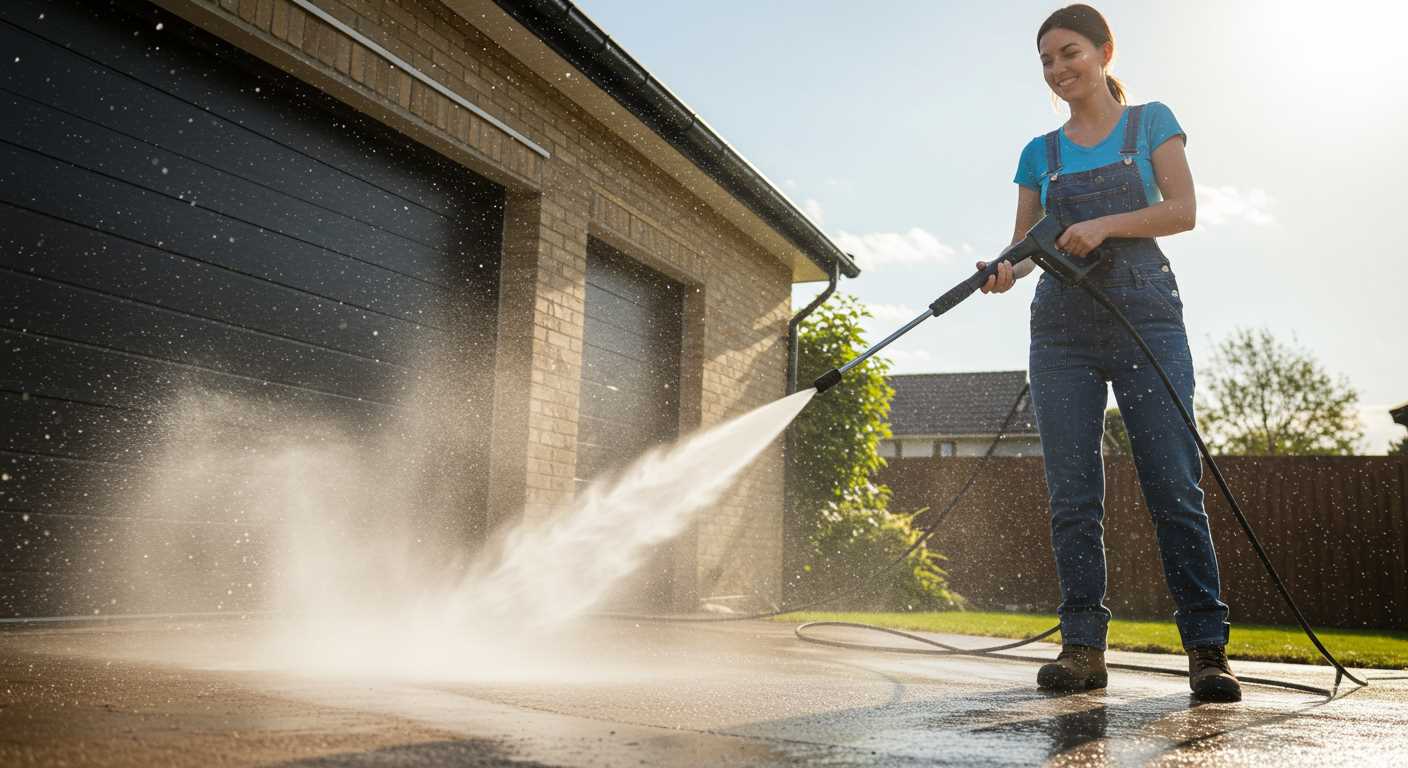
Start with a quality detergent specifically formulated for use with high-powered cleaning machines. Avoid standard household cleaners, as they can damage your equipment and may not produce optimal results. Look for biodegradable options that effectively cut through grime while being environmentally friendly.
Next, ensure the machine is equipped with a dedicated detergent tank. This feature streamlines the mixing process and eliminates the need for additional attachments. If your unit lacks this tank, consider purchasing a foam cannon attachment, which allows for a controlled application of the cleaning solution.
When preparing the mixture, follow the manufacturer’s guidelines for dilution ratios. Typically, a 1:10 ratio of detergent to water works well, but this can vary based on the product. Always test a small area first to gauge effectiveness and adjust as necessary.
After setting up your machine, apply the solution starting from the bottom and working your way up. This technique ensures even coverage and prevents streaking. Allow the detergent to sit for a few minutes before rinsing; this dwell time is crucial for breaking down stubborn stains.
Lastly, rinse thoroughly with clean water to remove any residue. A consistent technique in applying and rinsing will ensure your surfaces remain pristine and your equipment functions smoothly for years to come.
Selecting the Right Soap for Your Pressure Washer
Choosing the correct detergent can significantly enhance your cleaning tasks. From my years of experience, I’ve found that not all cleaning agents are suitable for high-powered equipment. Here are the key points to consider:
Types of Detergents
- Alkaline Cleaners: Best for grease and oil removal. Ideal for driveways or garage floors.
- Acidic Cleaners: Effective against mineral deposits and rust. Use cautiously on delicate surfaces.
- Biodegradable Options: Environmentally friendly choices that work well for residential use, especially on patios and decks.
Compatibility with Equipment
- Check manufacturer recommendations. Using the wrong type can damage seals and components.
- Avoid thick gels or foams unless specifically designed for your model. They can clog the system.
- Look for detergents that dilute easily in water to ensure smooth application.
For those tackling outdoor surfaces like block paving, consider specialised formulations. Products designed for this purpose can provide better results and prevent damage. If you’re in the market for suitable devices, explore pressure washers for block paving to find the right fit.
Always conduct a spot test on a small, inconspicuous area to ensure compatibility. This simple step can save you from potential mishaps.
Understanding the Soap Injection System
To effectively utilise the detergent feature, ensure your machine is equipped with a soap injection system. This component allows the cleaning solution to be mixed with water before it is ejected through the nozzle. Always check the manufacturer’s manual for specific instructions related to your model, as configurations can vary greatly.
Types of Injection Systems
Two primary types of injection systems exist: downstream and upstream. Downstream systems draw the cleaning solution directly from a container and mix it with the water stream. This method is less harsh on the equipment, making it ideal for most users. Upstream systems, on the other hand, inject the detergent before the water reaches the pump. While this can be more effective for heavy-duty cleaning, it may wear out the pump faster due to the corrosive nature of some cleaning agents.
Maintaining the System
Regular maintenance is vital for longevity. After each use, flush the system with clean water to ensure no residue remains. This simple step can prevent clogs and prolong the life of your injector. Additionally, inspect the hose and connectors for any signs of wear or damage, as leaks can significantly reduce the effectiveness of the cleaning solution.
Preparing Your Cleaning Equipment for Detergent Application
Begin by ensuring your unit is switched off and disconnected from the power source. This is a non-negotiable step for safety. Next, check the detergent tank for any residual cleaning solution. If there’s any left from previous use, rinse it out thoroughly to prevent mixing different chemicals, which can lead to ineffective cleaning or even damage.
Inspect the detergent injection system. This typically involves a siphon tube that draws the liquid from the tank. Make sure it’s clear of blockages. I’ve encountered instances where a simple clog in this tube prevented the solution from being drawn in, leading to frustrating cleaning sessions. Use a soft brush or cloth to clean the tube if necessary.
Mixing the Right Concentration
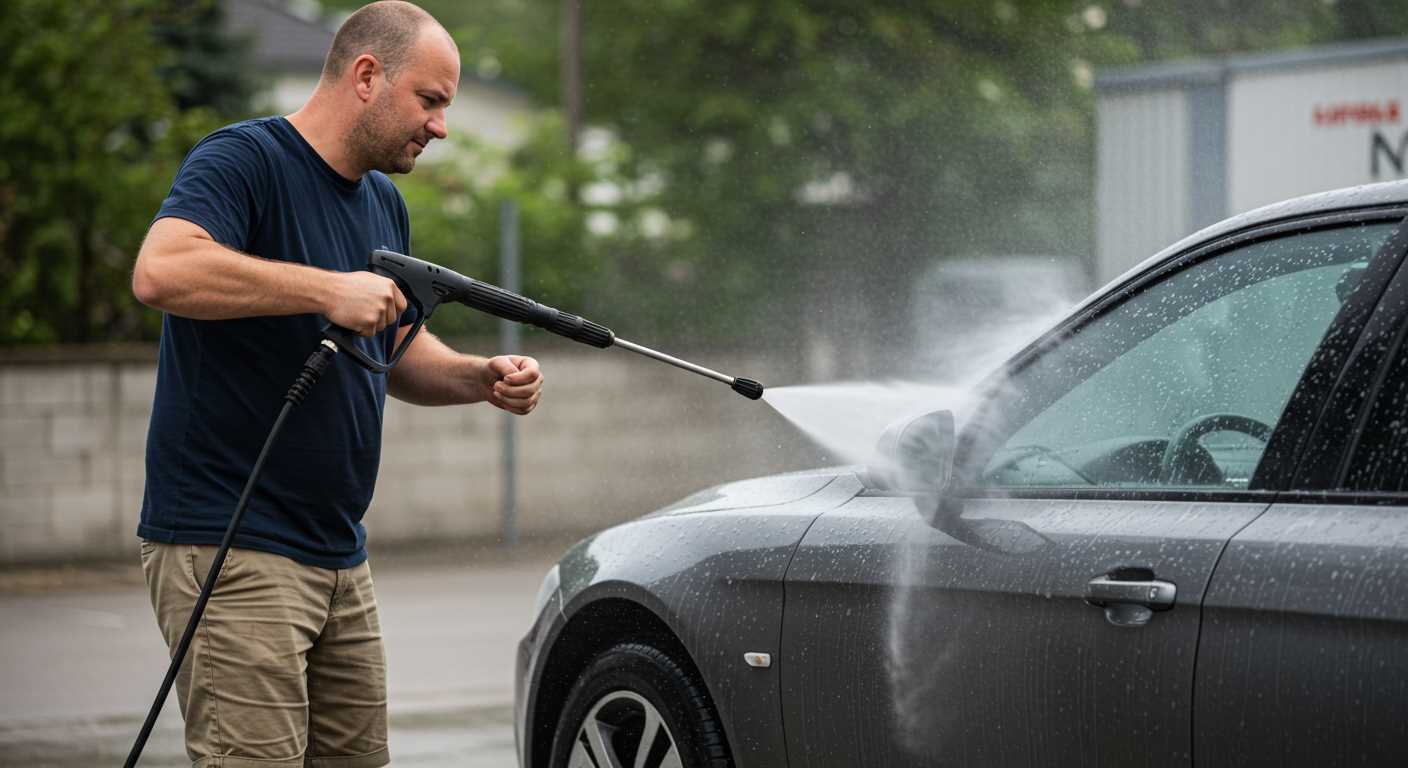
Next, prepare your cleaning mixture according to the manufacturer’s guidelines. I’ve seen mistakes made by using too strong a solution, which can harm surfaces or damage the machine. A diluted mix often yields better results while being safe for both the equipment and the surfaces you’re cleaning.
Setting Up the Nozzle
Choose the correct nozzle for the task ahead. A wide-angle spray is typically ideal for applying the mixture, as it distributes the product evenly without excessive force. After attaching it, turn on the water supply before starting the motor. This avoids running the pump dry, which could lead to costly repairs.
Mixing Cleaning Solution with Water Correctly
For optimal results, always follow the manufacturer’s instructions regarding the concentration ratio of cleaning agent to water. I’ve found that a mix of one part cleaner to four parts water often yields excellent results, but this can vary based on the product used. A little experimentation may be needed to find the perfect balance for your specific task.
When preparing the mixture, use a clean container to avoid contamination. I often use a measuring cup for precise amounts, ensuring that I maintain consistency across different cleaning sessions. After measuring, pour the cleaner into the container first, followed by the water. This order helps to mix the solution more effectively and prevents foaming, which can occur if water is added first.
Testing the Mixture
Before applying the solution to your entire surface, test it in a small, inconspicuous area. This step is particularly important for delicate surfaces, as some cleaners may cause discolouration or damage. I always keep a cloth handy to wipe away any excess solution during this process, ensuring that only the intended area is treated.
Storage of the Mixture
If you have leftover cleaning solution, store it in a labelled, airtight container. I recommend using a container made of opaque material to protect the contents from sunlight, which can degrade some chemical components over time. Always check the mixture before reuse, and if it has changed in appearance or smell, dispose of it safely and prepare a fresh batch.
Adjusting Pressure Settings for Soap Use
Set the machine to a lower pressure setting, typically around 1000 to 1500 PSI, when applying detergents. This adjustment ensures that the cleaning solution adheres better to surfaces without risking damage. High pressure can cause excessive splatter and reduce the effectiveness of the cleaning agent.
Before starting, familiarise yourself with the pressure adjustment mechanism on your device. Most models have a simple dial or lever to modify the pressure. If you’re unsure, refer to the manufacturer’s manual for specific instructions.
During my time as a consultant, I noticed that many users often overlook the importance of pressure settings. For instance, while helping a friend clean his patio, I suggested reducing the pressure. Initially sceptical, he was amazed at how effectively the detergent penetrated the grime without damaging the surface.
After adjusting the pressure, let the solution dwell on the surface for a few minutes before rinsing. This dwell time is crucial for allowing the detergent to break down tough stains. Remember, patience pays off, especially when dealing with stubborn dirt.
In cases where your equipment has a soap nozzle, use it instead of the standard high-pressure nozzle. The soap nozzle generally has a wider spray pattern, allowing for better coverage while applying the cleaning solution. This technique guarantees a more thorough application, especially on larger areas.
| Pressure Setting | Recommended Use |
|---|---|
| 1000 – 1500 PSI | Application of detergent |
| 1500 – 3000 PSI | General cleaning without detergent |
| 3000 PSI and above | Heavy-duty tasks |
Experiment with different settings to find the optimal balance for your specific cleaning needs. If you’re curious about other applications of high-pressure techniques, consider checking out this guide on how to can carrots with a pressure cooker. You’ll discover innovative uses that can enhance your cleaning arsenal.
Cleaning and Maintaining the Soap System After Use
Immediately after finishing with the cleaning solution, I always recommend flushing the entire system with clean water. This prevents any residue from clogging the injection mechanism or the nozzle. Simply disconnect the detergent container, attach a water source, and run the unit for a few minutes. This step is critical to ensure that no remnants of the cleaning agent remain in the lines.
After flushing, check all attachments and hoses for any signs of wear or buildup. I’ve experienced issues where even a small amount of dried detergent can create blockages. If you notice any obstructions, use a soft brush or cloth to clean these areas thoroughly. Regular inspections can save you from hassle later on.
Additionally, I suggest storing the detergent tank in a cool, dry place, away from direct sunlight. Extreme temperatures can affect the integrity of the container and its contents. If you have any leftover solution, ensure it’s sealed properly and labelled clearly to prevent mix-ups in the future.
Another personal tip: periodically lubricate the seals and connections with a silicone-based lubricant. This helps maintain a good seal and prevents leaks, which I’ve seen become a major inconvenience if neglected. Regular maintenance not only prolongs the life of your equipment but also enhances its performance.
Lastly, keep a log of your maintenance activities. Note when you last flushed the system or performed any repairs. This simple practice can help you stay on top of your equipment’s needs and ensure it’s always ready for the next cleaning task.
FAQ:
Can I use any type of soap in my pressure washer?
Not all soaps are suitable for use in pressure washers. It’s best to use detergents specifically designed for pressure washing. These soaps are formulated to work effectively with the machine’s mechanics and won’t cause damage. Check the manufacturer’s recommendations for compatible soaps to avoid any issues.
How do I add soap to my pressure washer?
To add soap to your pressure washer, locate the soap tank if your model has one. Pour the soap into the tank according to the manufacturer’s instructions, usually measuring the appropriate amount. If your washer doesn’t have a tank, you can use a soap nozzle or injector. Attach it to the spray wand and ensure it’s secured properly before starting the pressure washer.
Will using soap affect the pressure of my washer?
Using soap can affect the pressure output of your washer. When soap is introduced, it may reduce the pressure slightly as the machine focuses on mixing the detergent with water. However, this is generally not significant, and most pressure washers are designed to handle soap without major changes to performance. Just ensure you follow the correct dilution ratios.
How do I switch from soap to rinse mode on my pressure washer?
Switching from soap to rinse mode typically involves changing the nozzle or altering the setting on the pressure washer. If your machine has a dedicated soap nozzle, replace it with a high-pressure nozzle to rinse effectively. Some models may require you to adjust a dial or switch on the machine itself to change the mode. Always refer to the user manual for specific instructions related to your model.
Can soap damage my pressure washer if used incorrectly?
Yes, using the wrong type of soap or applying it improperly can damage your pressure washer. Non-compatible soaps could corrode internal components or clog the system. Always use detergents recommended by the manufacturer, and follow the dilution instructions. If you suspect damage has occurred, it’s wise to consult a professional before using the washer again.
How can I safely use soap with my pressure washer?
To safely use soap with your pressure washer, first, ensure you are using a detergent specifically designed for pressure washers. Check the manufacturer’s guidelines for recommendations on soap types and dilution ratios. Fill the detergent tank or attach a soap nozzle if your machine has one. Always start with the lowest pressure setting to avoid damaging surfaces. Test the soap on a small, inconspicuous area before applying it broadly. Rinse thoroughly after use to prevent any residue from remaining.

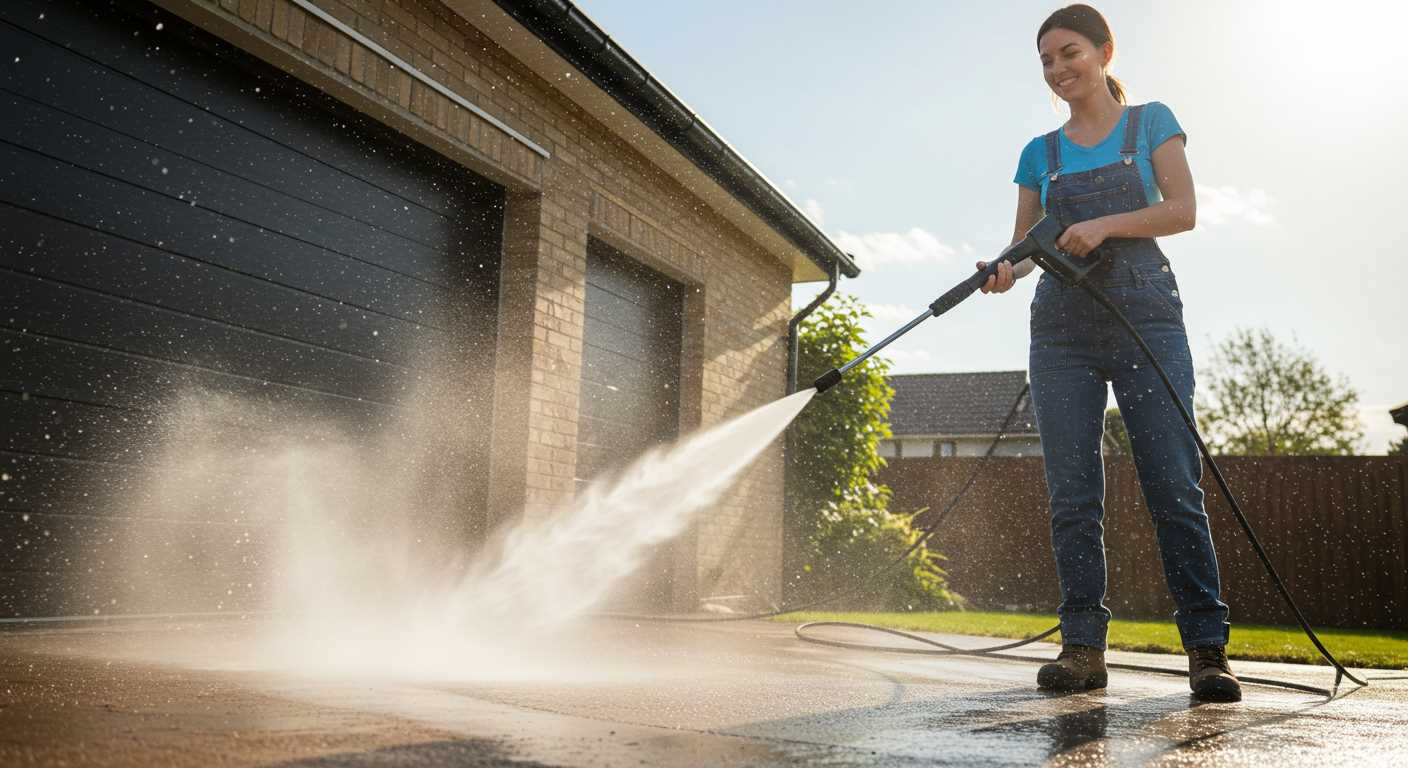
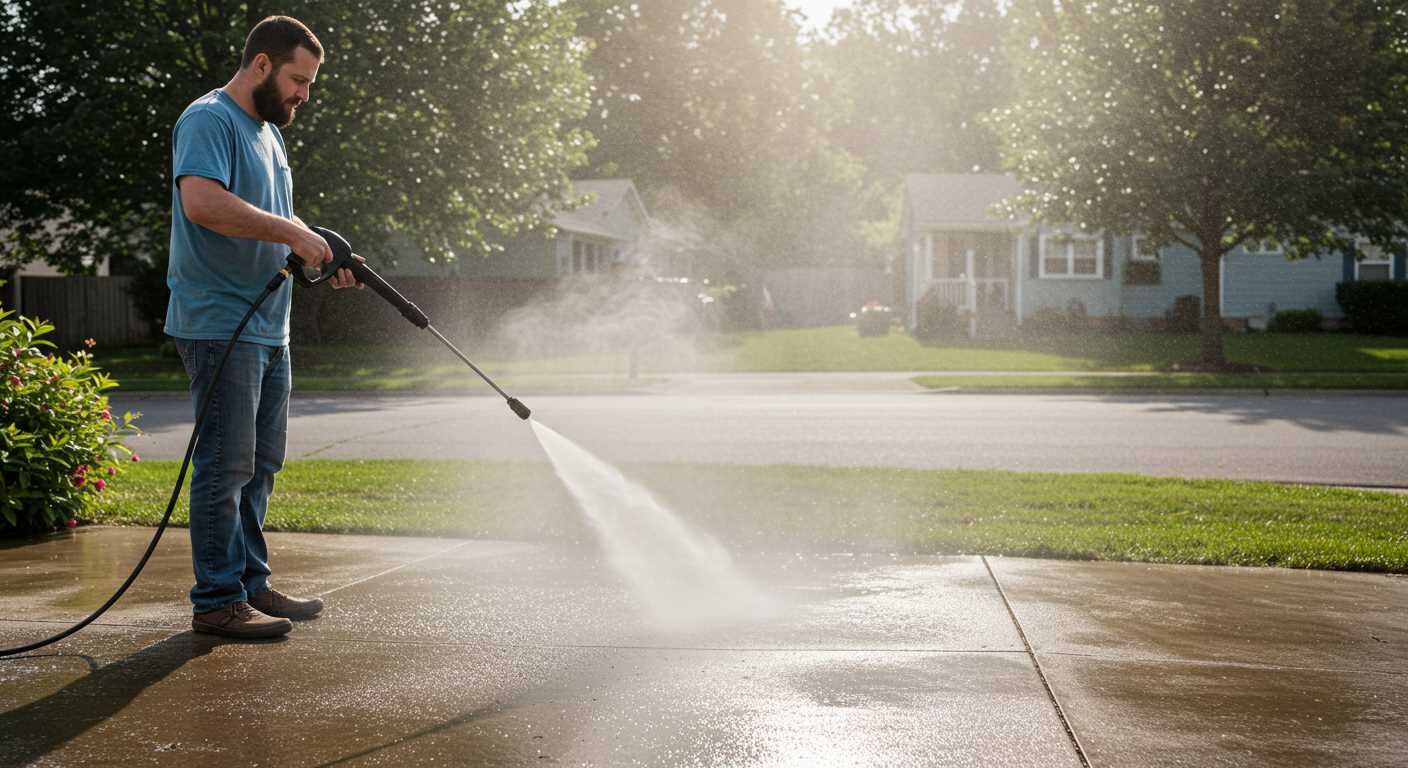
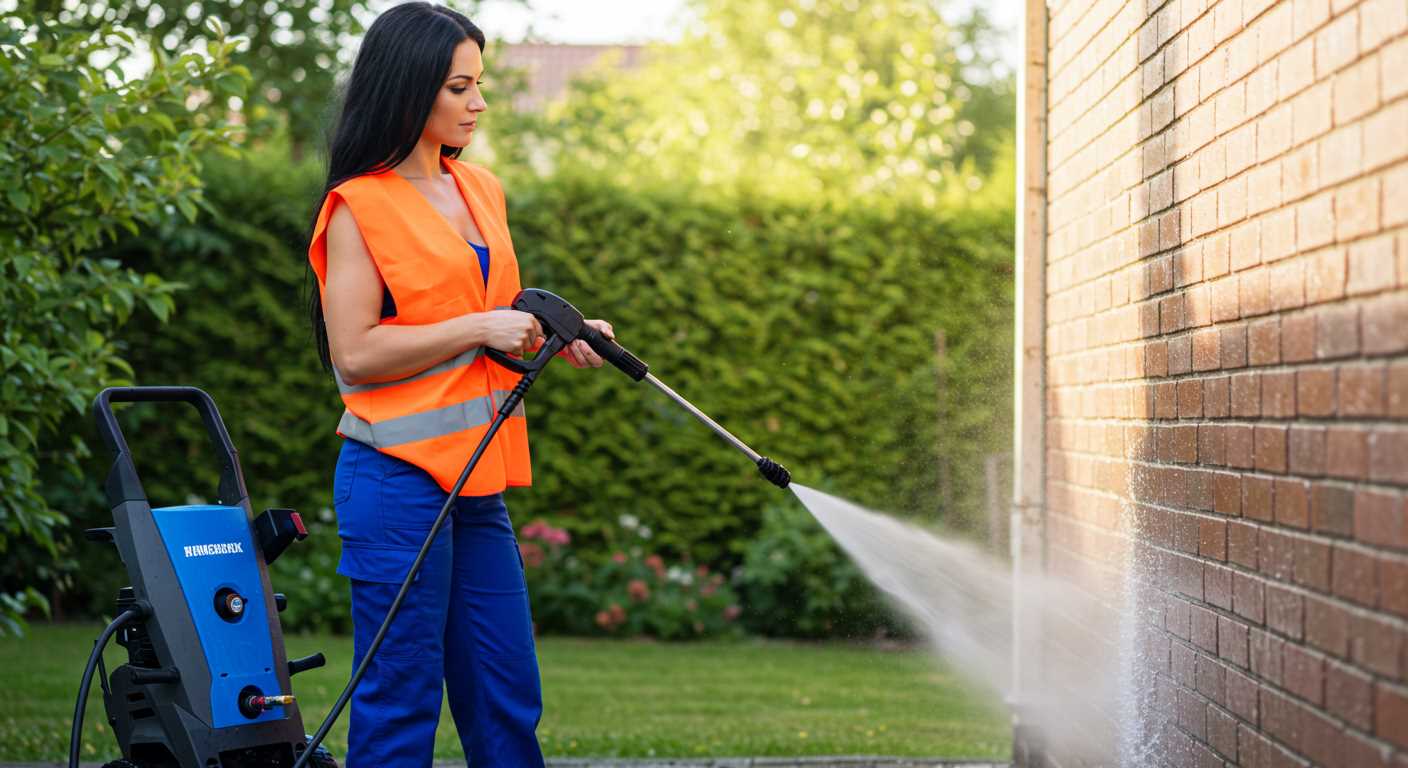
.jpg)


